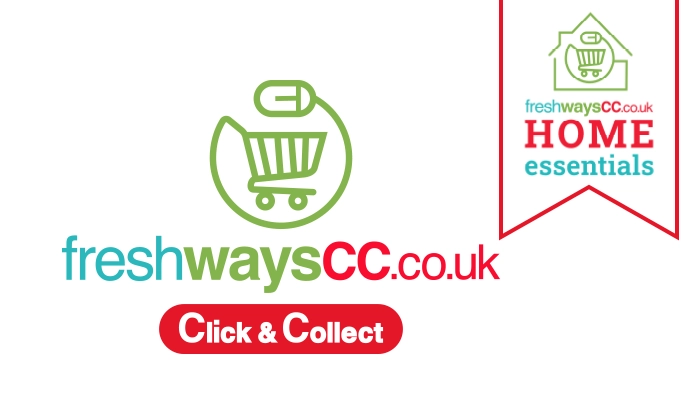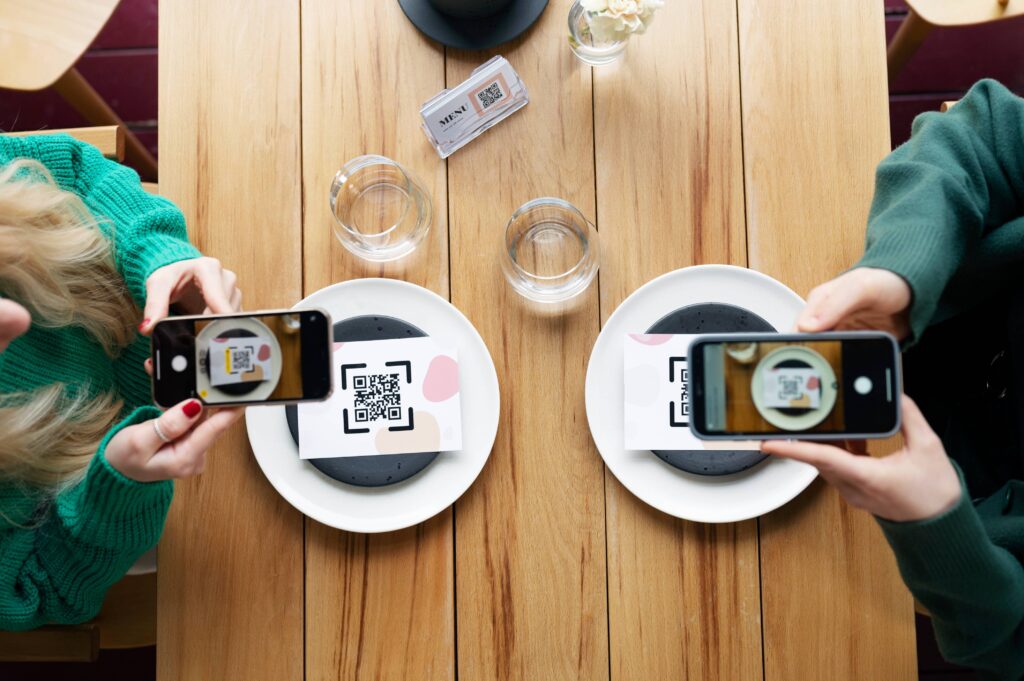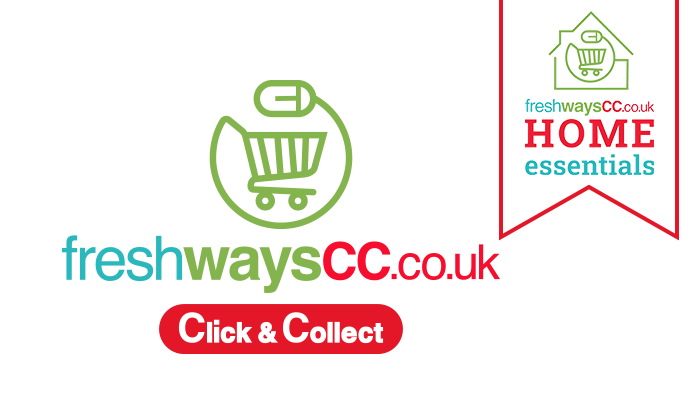In today’s fast-paced restaurant industry, technology plays an important role in enhancing service and efficiency. As customer expectations continue to rise, restaurants must find ways to meet these demands while maintaining smooth operations. The restaurant business is highly competitive, with countless establishments competing for attention and loyalty. To stay ahead, restaurant owners must embrace innovative technologies that not only improve service but also save time and reduce costs. This blog will explore ten essential technologies that can streamline your restaurant’s operations, boost efficiency, and ultimately enhance customer satisfaction. These tools are key to staying competitive in a challenging market.
1. Point of Sale (POS) Systems
Point of Sale (POS) systems have revolutionised how restaurants operate. Modern POS systems integrate seamlessly with inventory management, allowing real-time tracking of sales and stock levels. For example, they ensure that your popular dishes never run out because you can monitor supplies instantly. These systems also simplify financial reporting, helping you keep track of daily sales, taxes, and employee performance. By automating these processes, POS systems reduce manual errors and speed up service. This means your staff can focus more on customer service rather than administrative tasks, improving overall efficiency.
2. Online Ordering Platforms
Online ordering platforms are essential for restaurants that want to expand their reach and offer convenience to customers. By integrating an online ordering system, customers can place orders directly through your website or app, reducing the need for phone calls and minimising errors. This is particularly useful during busy hours when staff may struggle to handle multiple tasks. An online platform allows customers to customise their orders, which not only improves their experience but also ensures accuracy. With online ordering, you can also gather valuable customer data to tailor future promotions and offerings.
3. Table Reservation Software
Table reservation software helps restaurants manage seating more efficiently, especially during peak times. Customers can book tables online, which reduces the chance of overbooking or long wait times. This software also helps you manage no-shows by sending automated reminders to customers. By optimising your table turnover, you can serve more guests without compromising on service quality. Additionally, reservation software allows you to offer a smoother dining experience by preparing for special requests in advance, such as seating preferences or dietary requirements.
4. Kitchen Display Systems (KDS)
Kitchen Display Systems (KDS) are a game-changer for restaurant kitchens. By displaying orders digitally, they eliminate the need for paper tickets, reducing clutter and confusion in the kitchen. Orders are transmitted directly from the POS to the kitchen, ensuring that the chefs receive accurate information. This reduces the chances of mistakes and speeds up preparation times. A KDS also helps coordinate between different sections of the kitchen, ensuring that all parts of an order are prepared simultaneously and delivered promptly to the table. This technology improves communication, which is crucial for maintaining high service standards.
5. Mobile Payment Solutions
Mobile payment solutions offer a fast and secure way for customers to pay their bills. Contactless payment options, such as mobile wallets, are becoming increasingly popular, especially for those who value speed and convenience. By offering mobile payments, you can reduce queues at the till and speed up table turnover, which is particularly beneficial during busy periods. These solutions also enhance security by minimising the need for cash handling, reducing the risk of theft or loss. Additionally, mobile payment systems can be integrated with loyalty programmes, encouraging repeat business and customer retention.
6. Employee Scheduling Software
Managing employee schedules can be challenging, particularly in restaurants where staffing needs vary throughout the day. Employee scheduling software simplifies this process by automating shift planning and allowing staff to manage their availability. This reduces scheduling conflicts and ensures that you always have the right number of staff on hand. The software can also track employee hours and generate reports for payroll, saving time on administrative tasks. By optimising staff schedules, you can improve efficiency and ensure that your restaurant is adequately staffed during peak times.
7. Customer Relationship Management (CRM) Tools
Customer Relationship Management (CRM) tools are vital for building and maintaining strong customer relationships. These tools track customer preferences, past orders, and feedback, allowing you to personalise their dining experience. CRM systems can also automate marketing efforts, such as sending targeted promotions or reminders about special events. By understanding your customers better, you can tailor your offerings to meet their needs, improving loyalty and increasing repeat business. In a competitive market, a good CRM system can help you stand out by providing a personalised touch.
8. Inventory Management Systems
Effective inventory management is crucial for controlling costs and reducing waste. Inventory management systems allow you to track stock levels in real-time, so you always know what’s available and when to reorder. These systems can also forecast demand based on past sales data, helping you make informed purchasing decisions. By automating inventory management, you reduce the risk of over ordering or running out of essential ingredients. This not only saves money but also ensures that you can consistently offer your full menu to customers.
9. Digital Menu Boards
Digital menu boards offer a dynamic way to display your menu and promotions. Unlike traditional menus, digital boards can be updated instantly to reflect new dishes, pricing changes, or special offers. This flexibility allows you to respond quickly to customer preferences or market trends. Digital boards are also visually appealing, which can help to upsell items and attract attention to featured dishes. By using digital displays, you enhance the customer experience while streamlining menu management.
10. Connecting with a tech-friendly food wholesaler
In addition to these technologies, partnering with a reliable food wholesaler can further improve your restaurant’s efficiency. Many wholesalers now offer Click and Collect options, allowing you to order ingredients, frozen foods, and other essentials online and pick them up at your convenience. This service saves time and ensures that you always have supplies without the hassle of traditional ordering methods. By working with a trusted wholesaler, you can streamline your supply chain, reduce costs, and focus more on delivering excellent service to your customers.
Conclusion
Embracing these technologies can transform the way your restaurant operates. From speeding up service with advanced POS systems to personalising customer experiences with CRM tools, technology offers endless possibilities. By investing in these solutions, you not only save time but also enhance your customers’ satisfaction, keeping them coming back for more.










